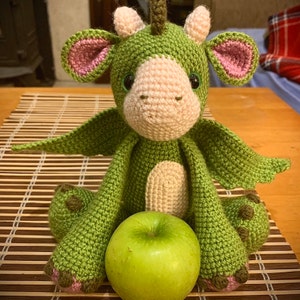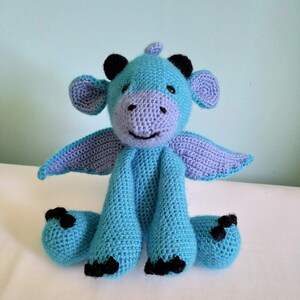
And I can see from the example that it's doing just that, it's actually passing through each one of these Guide Points. This command works a little bit differently than the Control Point Curve, so it tries to make a curve that passes through each one of the points that you pick. Let's move on and look at the Interpolate Points command. I could hit this Close command option, but since I have snapping activated, I'm gonna snap right to that beginning point anyway, so I know I'll be in the exact same spot that I started, and the curve will close automatically. Now to close off this curve, there's two things I could do. And I'll start down here at the bottom, and just work my way around, snapping to each one of those points. And I'll hit spacebar to activate that command again. Let's try again with the closed version here.

Now, when I want to stop the command I can hit enter, or escape. So I'll go back down, and on to the last one. Now if I accidentally set a point where I didn't want to, I can always come to this Undo option, in the command options, and I can just get rid of that one. And I'll just go along, setting this curve. And I can snap right to those points, because I have Object Snap on.

And now I can just start specifying points in space that will be my Control Points. So I'll go to Curve, Free-Form, Control Points. And let's go ahead and draw a couple of our own Control Points Curves. Even though the curve doesn't actually touch any of the Control Points, we can sort of see how the curve's shape is being influenced by their arrangement. We can see the same thing in this closed version too. So, Control Point Curves don't necessarily line up directly with their Control Points, but they're still influenced by them. So see how it kind of gets pulled in either direction, towards each one of the points. But, I can also see though, that even though most of the Control Points aren't touching the curve, they're still influencing the curve's shape. And I can see that, with the exception of the start and end points, the Control Points all lie off of the curve, and they're also directly on top of each of the Guide Points. And this shows me the actual Control Points of the curve. And, I can view the actual Control Points by clicking on the curve, and selecting Edit, Control Points, Control Points On. And what I've done to draw this out is to use each one of these Guide Points, to set a Control Point for the curve. It has some gradual changes to the curvature. And obviously, this curve looks different than the straight line curve below. So, let's look first at this Control Points Curve. I'll also make sure that I'm snapping to points in my Object Snap panel, and that'll help us out as we draw out our examples. And I'll go ahead and turn those on, just by clicking the little lightbulb icon, and you can see, there we go.

Now, in my file, I've got two layers of Guide Points that we'll use to draw out some example curves, and those are labeled Left Guide Points and Right Guide Points. We can also access them under the Curve icon, or just by typing them directly into the command line. So Free-Form Curve commands in Rhino are located under Curve, Free-Form in the menu bar. So we have some Sketch Curves, some Handle Curves, Interpolate Points Curves, and Control Points Curves, as well as this straight line PolyLine, just for reference. Here I've got a few different examples of Free-Form Curves. Let's take a closer look at some of the Free-Form Curve commands in Rhino 5 for Mac.


 0 kommentar(er)
0 kommentar(er)
